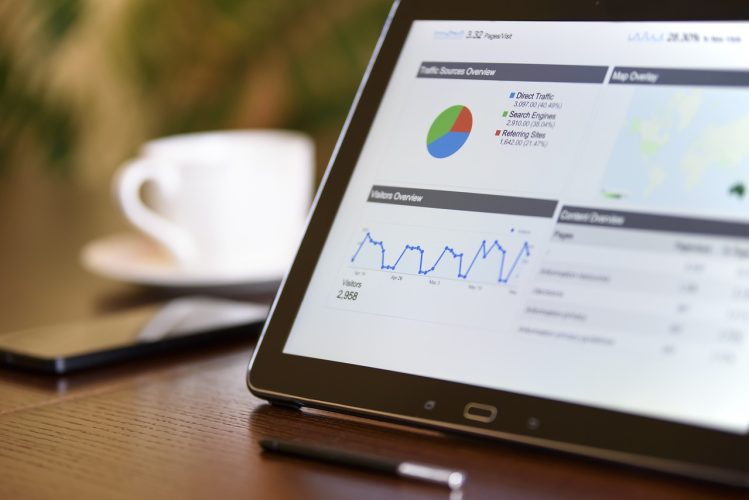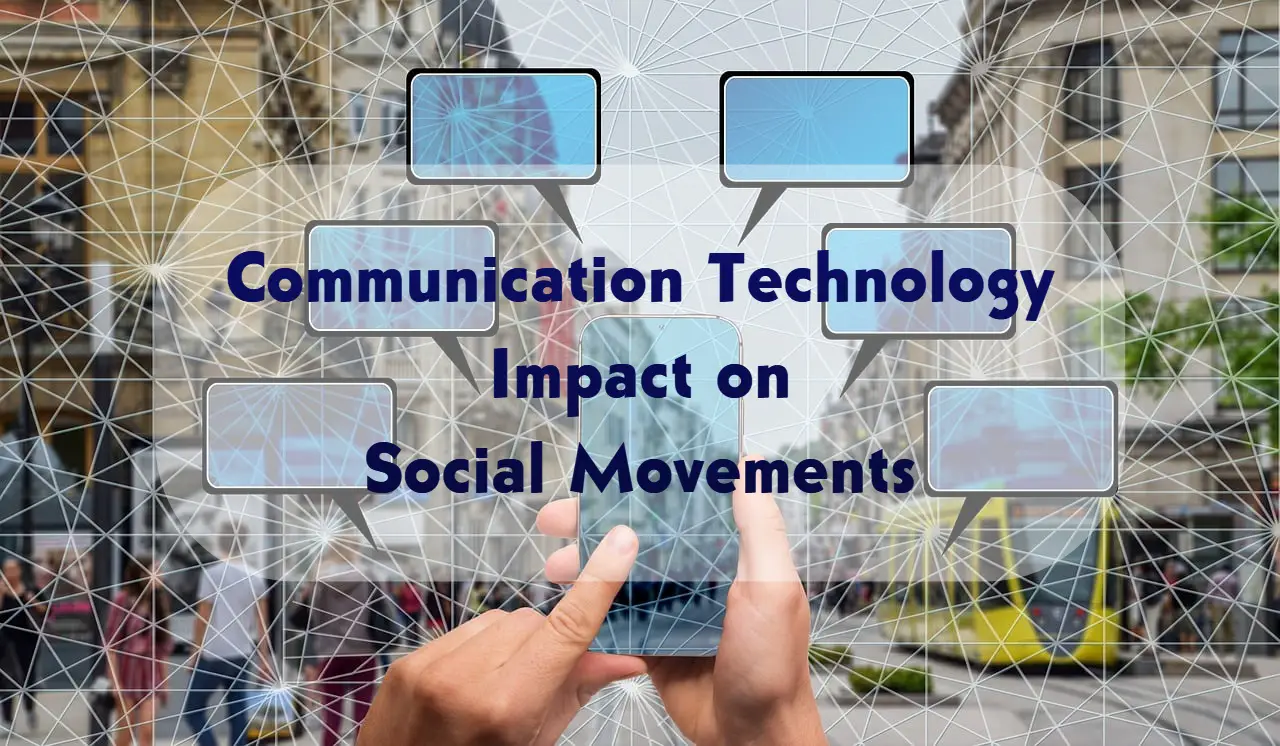How New Communications Technology Has Transformed Social Movement Organization
In the past two decades, the advent of new communications technologies has profoundly altered the landscape of social movements. From the early days of email lists and message boards to the sophisticated use of social media platforms and mobile apps, the ways in which social movements are organized, mobilized, and executed have undergone significant transformation. This article explores how these technologies have influenced social movements, examining the various facets of organization, mobilization, strategy, and execution.
The Evolution of Communications Technology in Social Movements
Early Digital Tools
Before the explosion of social media, digital tools like email, message boards, and websites played crucial roles in organizing social movements. These tools allowed activists to communicate quickly and efficiently, overcoming the limitations of physical distance and time zones. For instance, during the anti-globalization protests in the late 1990s, activists used email lists and independent media websites to coordinate actions and share information. These early tools laid the foundation for a more interconnected and agile approach to activism.
Social Media Platforms
The rise of social media platforms such as Facebook, Twitter, Instagram, and more recently TikTok, has revolutionized the way social movements operate. These platforms provide instantaneous communication, broad reach, and the ability to create viral content that can capture global attention. The Arab Spring, Occupy Wall Street, and Black Lives Matter movements are prominent examples of how social media has been leveraged to organize protests, spread awareness, and galvanize support. Social media also facilitates the creation of online communities where like-minded individuals can share resources, strategies, and support.

Mobile Technology
Smartphones and mobile apps have further enhanced the capabilities of social movements. Real-time updates, location-based services, and instant messaging apps like WhatsApp and Telegram have enabled more sophisticated coordination and rapid response capabilities. During the Hong Kong protests, for example, activists used secure messaging apps to avoid detection and coordinate flash mobs. The portability and accessibility of mobile technology mean that activists can remain connected and responsive even when on the move.
Key Impacts of New Communications Technology on Social Movements
Enhanced Mobilization and Recruitment
New communications technologies have dramatically increased the speed and scale at which social movements can mobilize supporters. Social media platforms allow movements to reach a global audience, breaking down geographical barriers and enabling the rapid dissemination of information. Hashtags, viral videos, and online petitions can attract millions of participants, transforming local issues into global causes. This broad reach has also facilitated cross-movement solidarity, where activists from different regions and causes support each other’s efforts.
Decentralized Organization
One of the most significant impacts of new communications technology is the shift towards decentralized organization. Unlike traditional movements that often relied on hierarchical structures, modern social movements can operate through decentralized networks. This flexibility allows for more dynamic and adaptive strategies, as seen in movements like Anonymous, which operate without a central leadership but can still coordinate large-scale actions. Decentralized organization also makes it harder for authorities to target and dismantle movements, as there are no single points of failure.
Real-Time Coordination and Action
The ability to coordinate in real-time has been a game-changer for social movements. Live streaming, real-time updates, and location-based services enable activists to respond quickly to changing circumstances. During protests, live streams can provide immediate evidence of events on the ground, countering misinformation and holding authorities accountable. Real-time communication also allows for the rapid dissemination of tactical information, such as safe routes, locations of medical aid, and legal support, ensuring that participants are well-informed and can act swiftly.
Amplification of Voices
Social media has democratized the ability to share and amplify voices that might otherwise go unheard. Marginalized groups can use these platforms to highlight their issues and connect with allies globally. This amplification has led to greater visibility for a wide range of social justice issues, from police brutality to environmental activism. The viral nature of social media means that compelling stories and images can spread rapidly, attracting media attention and public support in ways that were previously impossible.
Fundraising and Resource Mobilization
Crowdfunding platforms like GoFundMe and Kickstarter, along with direct donation options on social media, have transformed how social movements fund their activities. Activists can raise significant amounts of money quickly, bypassing traditional fundraising methods. This financial independence can be crucial for sustaining long-term campaigns. Additionally, the ease of online donations encourages small contributions from a large number of supporters, creating a broad base of financial support and reducing dependency on a few large donors.
Challenges and Criticisms
Information Overload and Misinformation
While new communications technologies have many benefits, they also present challenges. The sheer volume of information can lead to overload, making it difficult for individuals to discern credible sources. Additionally, misinformation and fake news can spread rapidly on social media, undermining the credibility of movements and causing confusion. Activists must therefore invest time and resources into fact-checking and maintaining the integrity of their communications, which can be a significant burden.
Surveillance and Security Risks
The same technologies that empower social movements also pose significant security risks. Governments and other entities can use surveillance tools to monitor activists, track their activities, and disrupt their efforts. This has led to increased use of encryption and other security measures, but the risk of infiltration remains. Activists must constantly adapt to new threats, balancing the need for open communication with the need to protect sensitive information.
Digital Divide
Despite the widespread use of digital technologies, there remains a significant digital divide. Not all activists or supporters have equal access to the internet, smartphones, or social media. This divide can exacerbate existing inequalities and limit the reach of social movements in certain regions or among specific populations. Efforts to bridge this divide, such as providing technology training and resources, are essential to ensure that all voices can be heard.
Algorithmic Bias
Social media algorithms, designed to maximize engagement, can inadvertently create echo chambers where only similar viewpoints are amplified. This can polarize opinions and make it harder for social movements to reach and persuade a broader audience. Furthermore, algorithmic biases can suppress the visibility of certain topics or groups, skewing public perception and potentially marginalizing important issues.


Case Studies
Related Article: Social Movement Examples
Arab Spring
The Arab Spring is one of the most notable examples of how social media can influence social movements. In countries like Tunisia, Egypt, and Libya, activists used platforms like Facebook and Twitter to organize protests, share information, and attract international attention. These tools helped to mobilize large numbers of people and coordinate actions that ultimately led to significant political change. The use of social media allowed activists to bypass state-controlled media and communicate directly with the public and international community.
Black Lives Matter
The Black Lives Matter (BLM) movement has effectively used social media to raise awareness about police brutality and systemic racism. Hashtags like #BlackLivesMatter have become rallying cries, helping to unify supporters and spread the message globally. Social media has also been used to organize protests, share live updates, and document instances of injustice in real-time. The movement’s ability to harness the power of viral content has kept the issue of racial justice in the public eye, influencing policy changes and sparking global conversations about race and equality.
#MeToo Movement
The #MeToo movement, which began as a hashtag on Twitter, quickly grew into a global campaign against sexual harassment and assault. The viral nature of social media allowed survivors to share their stories, creating a powerful wave of solidarity and prompting widespread cultural and institutional change. The movement has led to increased awareness and accountability, with significant impacts on industries ranging from entertainment to politics.
The Future of Social Movements in the Digital Age
As communications technology continues to evolve, so too will the strategies and tactics of social movements. Emerging technologies like artificial intelligence, blockchain, and augmented reality may offer new tools for organizing and mobilizing. However, they will also bring new challenges, such as increased surveillance capabilities and ethical dilemmas.
Potential Innovations
- Artificial Intelligence: AI could be used to analyze large datasets, identify trends, and predict the effectiveness of different strategies. For example, AI-driven sentiment analysis could help activists understand public opinion and tailor their messages more effectively.
- Blockchain: Decentralized networks could enhance security and transparency in organizing activities and fundraising. Blockchain could be used to create tamper-proof records of donations, ensuring that funds are used as intended and building trust with supporters.
- Augmented Reality: AR could be used for virtual protests, creating immersive experiences that engage and educate supporters. Virtual demonstrations could reach a broader audience and provide a safe way for individuals to participate in activism without physical presence.
Ethical Considerations
As technology becomes more integrated into social movements, ethical considerations will become increasingly important. Issues of privacy, data security, and the potential for technology to be used for surveillance or manipulation must be carefully navigated. Activists must develop ethical guidelines and best practices to ensure that their use of technology aligns with their values and goals.
Conclusion
New communications technologies have profoundly reshaped the way social movements are organized and executed. They offer unprecedented opportunities for mobilization, coordination, and amplification of voices, while also presenting significant challenges. As we move forward, it will be crucial for activists to adapt to these changing tools and environments, leveraging the benefits while mitigating the risks. The future of social movements will undoubtedly be shaped by the continued evolution of technology.
By understanding the potential and pitfalls of new communications technologies, social movements can continue to innovate and drive meaningful progress in their quests for justice and equality. The interplay between technology and activism is a dynamic and evolving field, one that will require constant vigilance, creativity, and resilience from those committed to making a difference in the world.

